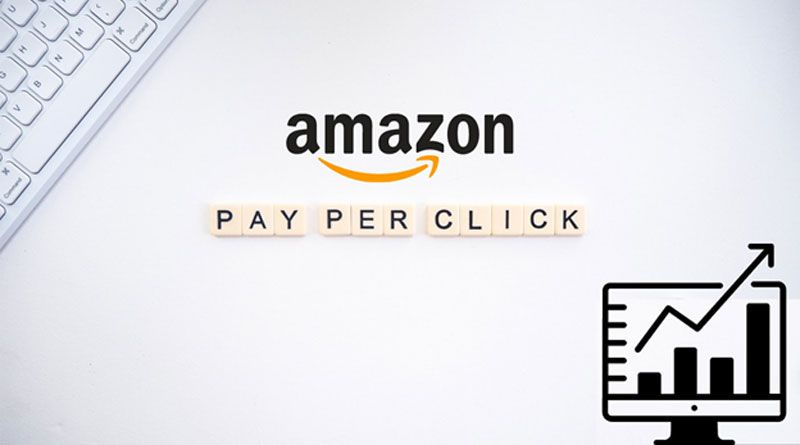In the ever-evolving world of e-commerce, mastering Amazon PPC (Pay-Per-Click) campaigns is crucial to staying ahead of the competition. As we step into 2023, the landscape has become even more dynamic and competitive. To help you achieve PPC success and outrank your competitors, we've put together a comprehensive guide on how to structure your Amazon PPC campaign effectively.
Understanding the Basics of Amazon PPC
What is Amazon PPC?
Amazon PPC is an advertising model that allows sellers to promote their products within the Amazon marketplace. Unlike organic search results, PPC ads appear at the top of search results and on product detail pages. Advertisers only pay when a user clicks on their ad, making it a cost-effective way to boost visibility and sales.
The Importance of Amazon PPC in 2023
With the increasing number of sellers on Amazon, standing out from the crowd has never been more challenging. Amazon PPC offers a competitive edge by ensuring your products are prominently displayed to potential buyers. In 2023, it's not just about running PPC campaigns; it's about running them strategically.
Structuring Your Amazon PPC Campaign
Keyword Research
The foundation of any successful Amazon PPC campaign is thorough keyword research. Here's how to do it right:
-
Keyword Relevance: Ensure your keywords are highly relevant to your product. Use tools like Amazon's Keyword Planner to identify the most relevant keywords.
-
Long-Tail Keywords: Don't just focus on broad keywords. Incorporate long-tail keywords to target specific customer searches.
-
Competitor Analysis: Analyze your competitors' keywords to discover new opportunities.
Campaign Types
Amazon offers various campaign types, each with its unique benefits:
-
Sponsored Products: These ads promote individual product listings and are ideal for driving sales.
-
Sponsored Brands: Use this type to showcase your brand and multiple products. Great for brand awareness.
-
Sponsored Display: Retarget previous customers and drive brand visibility across Amazon.
Budgeting and Bidding
Setting the right budget and bids is crucial for campaign success:
-
Daily Budget: Allocate a daily budget that aligns with your sales goals and the competitiveness of your niche.
-
Automatic vs. Manual Bidding: Experiment with both automatic and manual bidding strategies to find what works best for your campaign.
-
Bid Optimization: Continuously adjust your bids based on performance data. Increase bids for high-converting keywords and decrease for underperforming ones.
Ad Copy and Creative
Craft compelling ad copy and creative elements to entice clicks:
-
High-Quality Images: Use high-resolution product images to showcase your products effectively.
-
Compelling Headlines: Create attention-grabbing headlines that highlight the benefits of your product.
-
Keyword Insertion: Incorporate relevant keywords naturally into your ad copy.
Monitoring and Optimization
Your Amazon PPC campaign isn't a set-it-and-forget-it endeavor:
-
Regular Monitoring: Keep a close eye on your campaign's performance metrics, including click-through rates (CTR), conversion rates, and return on ad spend (ROAS).
-
A/B Testing: Continuously test different ad variations to discover what resonates best with your audience.
-
Negative Keywords: Regularly update your list of negative keywords to filter out irrelevant traffic.
Analyzing Results and Scaling
Once your campaign is up and running, it's essential to analyze the results:
-
Conversion Tracking: Measure the ROI of your campaign by tracking conversions and attributing them to specific keywords and ads.
-
Scaling Up: As you identify high-performing keywords and ads, consider increasing your budget to scale up your campaign.
-
Competitor Insights: Keep an eye on your competitors' strategies and adjust your campaign accordingly.
In conclusion, structuring your Amazon PPC campaign in 2023 requires a comprehensive approach that involves keyword research, campaign type selection, budgeting, creative elements, ongoing monitoring, and data-driven optimization. By following these strategies, you can not only compete but also excel in the highly competitive world of Amazon e-commerce.


No comments yet